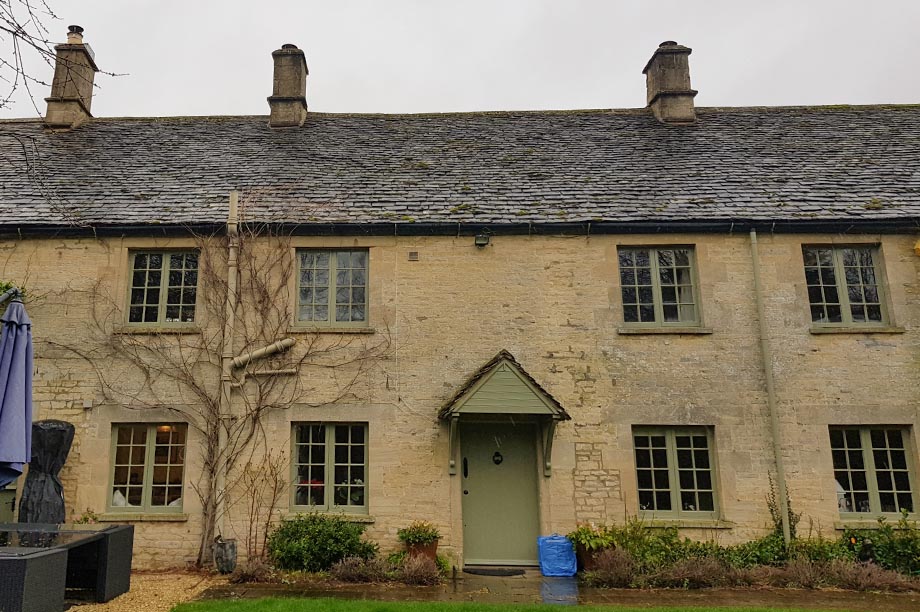
20/11/24
The Cotswold’s is famous for its honey coloured chocolate box villages, dry stone walls and imposing wool churches, all of which are made from the same building material, Cotswold stone.
As J.B Priestley wrote "The truth is that it has no colour that can be described. Even when the sun is obscured and the light is cold, these walls are still faintly warm and luminous, as if they knew the trick of keeping the lost sunlight of centuries glimmering about them".
Cotswold stone is a yellow Oolitic Jurassic Limestone, formed between 206 and 144 million years ago when the area that is now the Cotswolds was then covered in a warm sea. Created by layer upon layer of shell fragments building up over time on the bottom of the warm seabed. Cotswold stone is a type of limestone, its porous, easy to carve and abundant in this area. The colour of the stone changes slightly as you move through the Cotswolds, being honey coloured in the north, golden in the central Cotswolds and progressing to a pearly white in Bath in the south of the region.
Due to the abundance of the stone and its soft easy to carve nature, Cotswold stone has been a popular building material since the middle ages and still is to this day. Used for houses, roofs and the iconic dry-stone walls you find crisscrossing the Cotswold’s. Over the last 30 years we have made these houses and that stone our specialty. Their unique structure, history and character requires knowledge, care and attention and in return you get to truly own a slice of English history.
As J.B Priestley wrote "The truth is that it has no colour that can be described. Even when the sun is obscured and the light is cold, these walls are still faintly warm and luminous, as if they knew the trick of keeping the lost sunlight of centuries glimmering about them".
Cotswold stone is a yellow Oolitic Jurassic Limestone, formed between 206 and 144 million years ago when the area that is now the Cotswolds was then covered in a warm sea. Created by layer upon layer of shell fragments building up over time on the bottom of the warm seabed. Cotswold stone is a type of limestone, its porous, easy to carve and abundant in this area. The colour of the stone changes slightly as you move through the Cotswolds, being honey coloured in the north, golden in the central Cotswolds and progressing to a pearly white in Bath in the south of the region.
Due to the abundance of the stone and its soft easy to carve nature, Cotswold stone has been a popular building material since the middle ages and still is to this day. Used for houses, roofs and the iconic dry-stone walls you find crisscrossing the Cotswold’s. Over the last 30 years we have made these houses and that stone our specialty. Their unique structure, history and character requires knowledge, care and attention and in return you get to truly own a slice of English history.